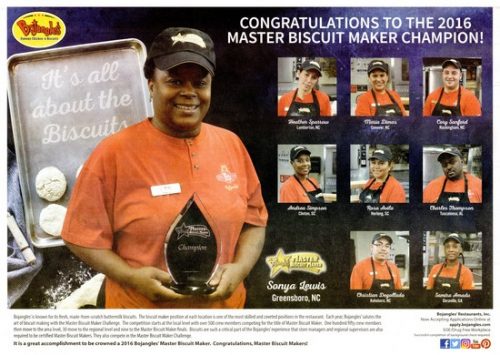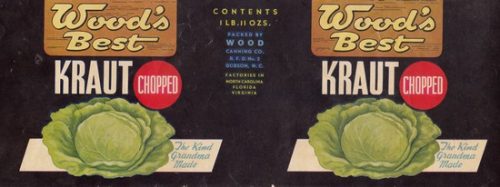1. In the N.C. mountains, what lucrative commodity is known as “sang”?
2. What Catawba County town may have been named after an Italian sculptor?
3. The “Chapel” in Chapel Hill was of what denomination?
4. Whom do the two classic equestrian statues in Greensboro and Winston-Salem honor?
5. Twice — in 1977 and 1991 — two basketball teams from the state have made it to the Final Four. Who were they?
Answers below
1. Ginseng, valued as a tonic. The wild herb’s gnarled roots, dug up with sharpened sticks, are commonly exported to Asia.
2. Conover, after Antonio Canova, whose marble statue of George Washington was destroyed in the Capitol fire of 1831, then copied and reinstalled in 1970.
3. Church of England.
4. In Greensboro, Gen. Nathanael Greene, Revolutionary War hero; in Winston-Salem, R.J. Reynolds, tobacco manufacturer.
5. In 1977, UNC Charlotte and North Carolina. In 1991, Duke and North Carolina.




